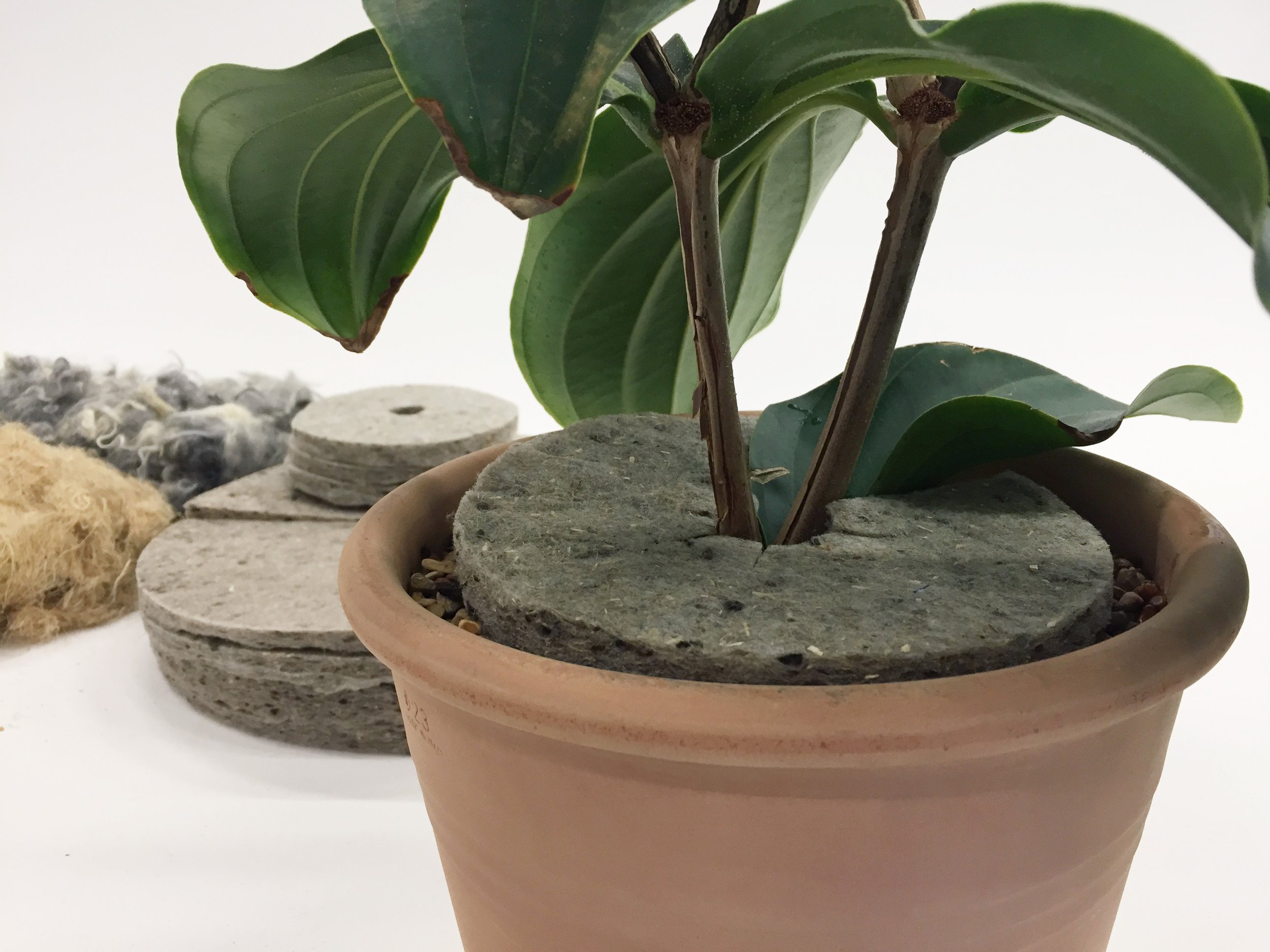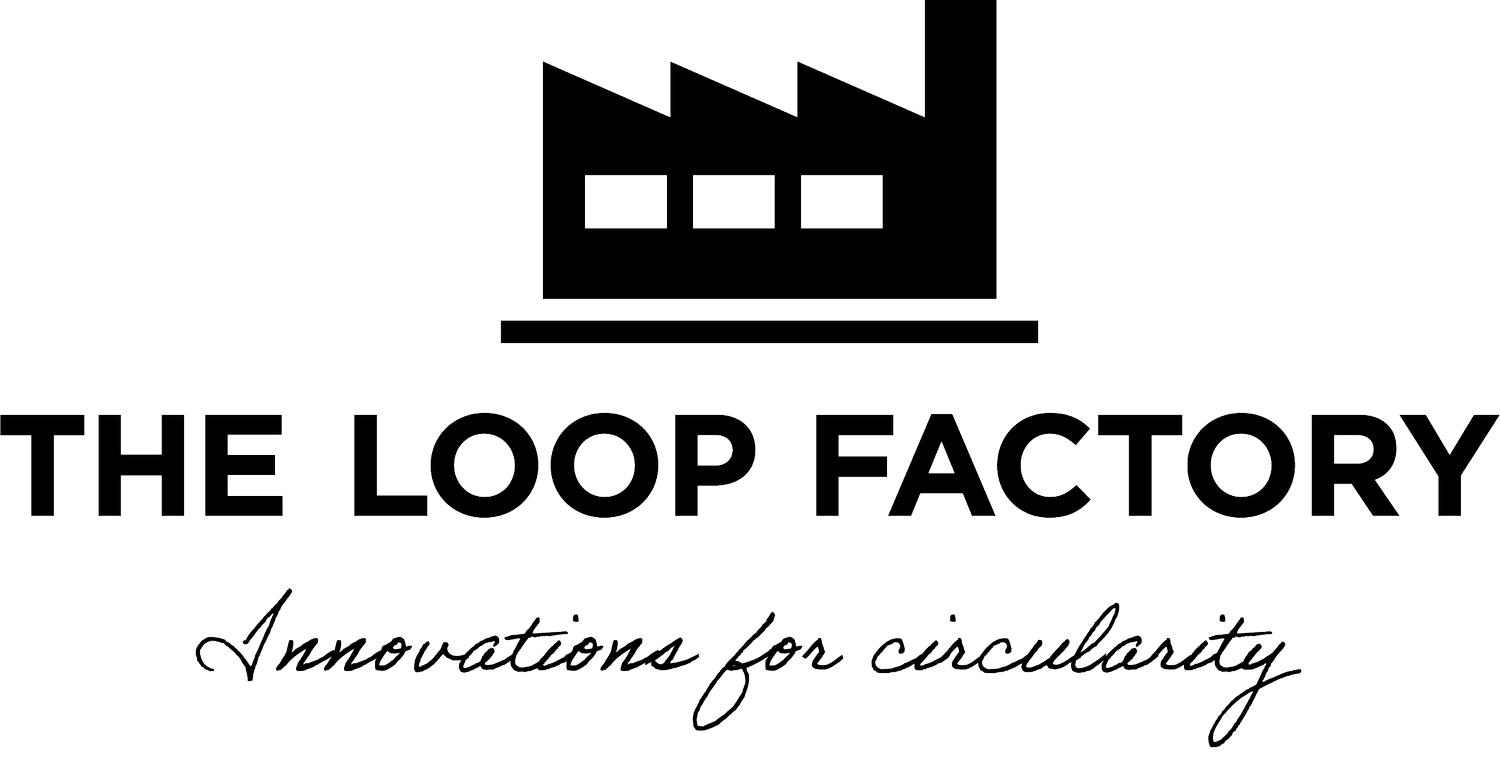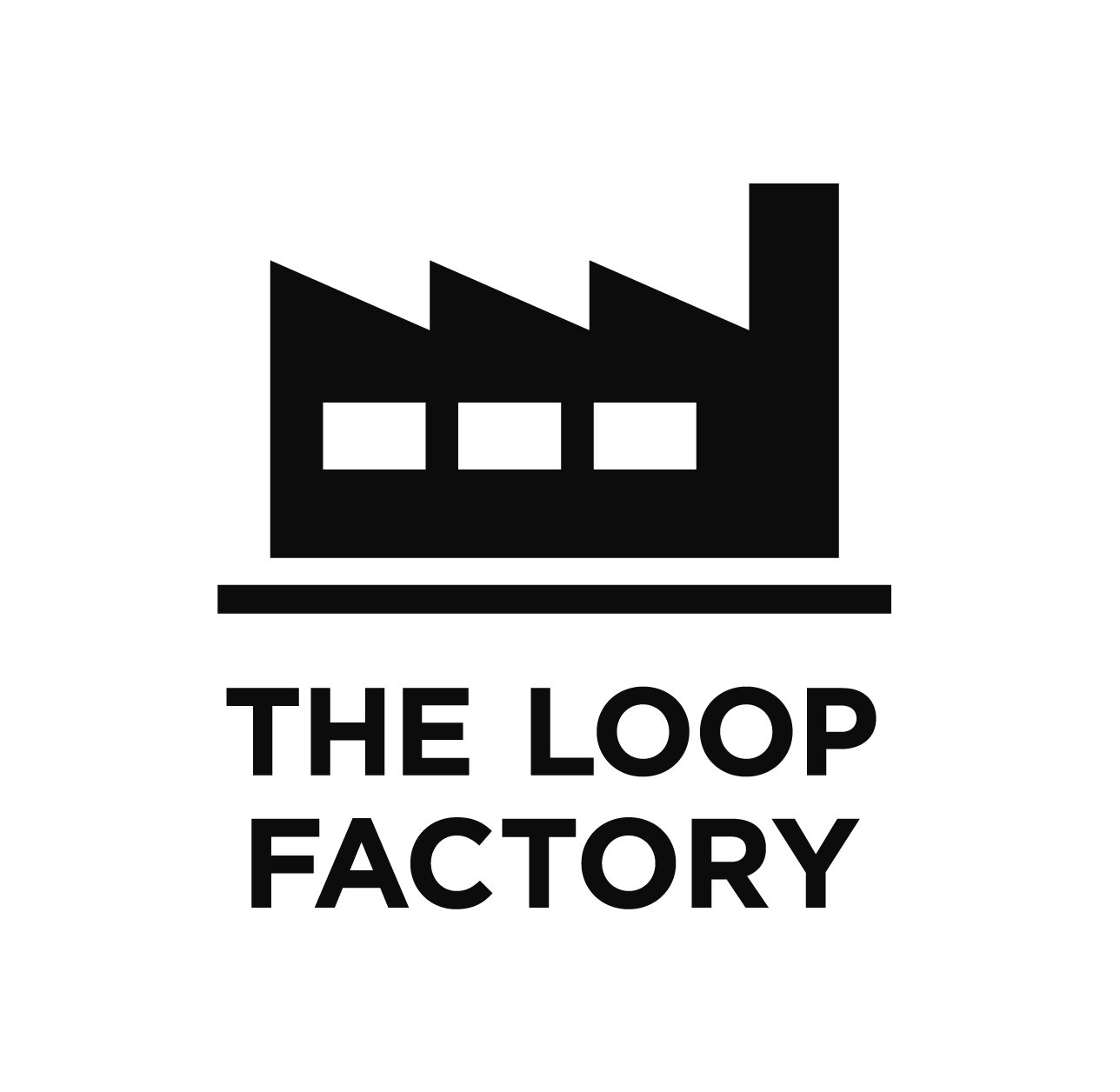
Wool as a resource
Unused resources. Exploring the possibilities for creating new value chains and products made of Swedish wool.
background
Due to the fact that sheep in Sweden are most commonly bread for meat production, the Swedish wool has been underrated for a long time and seen as waste. Historically it has gone to incineration or been buried under ground. The project “Wool as a resource” aimed to find use for Swedish wool and raise the value of it and awareness around it.
challenge
The challenge was to find provisions for wool of lower qualities, and industrial applications that didn’t requiere washing. Low-grade wool comes from different breeds: wool that has a lot of debris (straw residues) and also stomach wool.
solution
The solution is a locally produced alternative to a “pot lid” which is traditionally made of coconut fibers and manufactured in Malaysia, before it is imported to Sweden. These are used primarily in plant cultivation to reduce weeds and to retain moisture in the pots. We made a thick felt from unwashed wool and the pot lid’s shape was then cut out from it.
result
A test series of pot lids was developed in The Loop Lab for long-term testing at a nursery-garden. We are still waiting for the results and we can’t wait to see what they say.
Swedish wool value chain
According to the law, sheep must be sheared at least once a year, this applies to all breeds. The wool is often buried or burned, and unfortunately there are several reasons for this. Partly it is due to large variations in the fibers between the different breeds that one must take into account if the wool is to be used for textiles. Swedish wool is not considered as soft as that which is imported, for example from New Zealand. There is no longer a complete production chain with washing and spinning on any large scale in Sweden.
The project had parallel work packages where The Loop Factory had our main focus on the pot lids. Another interesting work package was a way to collect the wool.
The project needed to demonstrate that the Swedish wool had good enough qualities to be used. The challenge for the project was partly to collect and wash the wool to characterize and prove that Swedish wool also has good properties compared to traditional textile wool.
CC-wool started a wool collection and the project found a laundry abroad that could wash the wool. Before washing, the wool had been sorted in connection with the cutting depending on the type of sheep. The wool could then be evaluated by various producers, including a bed manufacturer, but also Klippan's wool factory, which, after seeing the potential, launched a Swedish collection.
CC-wool took the chance to invest in its wool collecting business, Klippan launched its Swedish collection.
The facts
The project was funded by the European Agricultural Fund.
Partners: Region Halland, Hushållningssällskapet Halland, Coompanion Halland, Hallands fåravelsförening and The Loop Factory.





